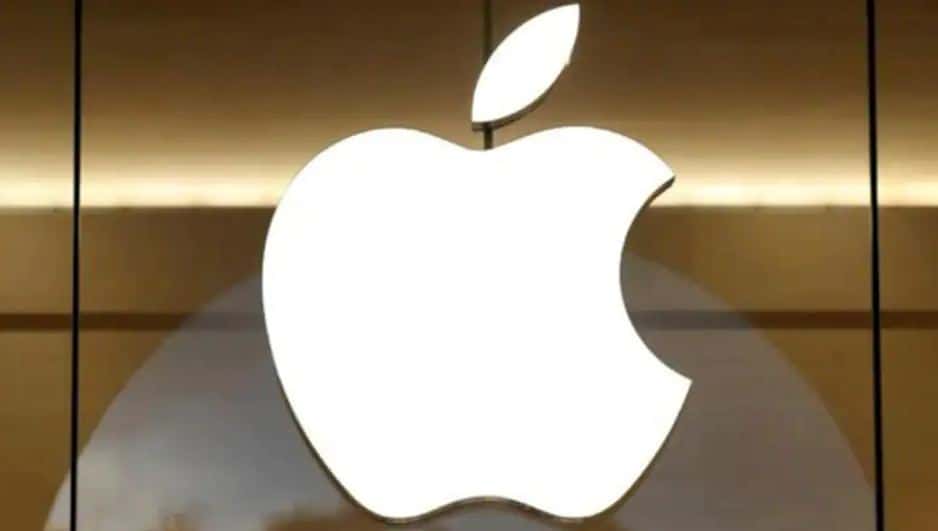Apple is moving towards a future where it will build products using only recycled or renewable materials. The goal is to eliminate reliance on mining and transforming the traditional supply chain.
In 1980s, American Airlines saved $40,000 a year just by eliminating one olive from each passenger’s salad plate. This year, Apple has done away with plastic packing in the new iPhone 13 series, which will save 600 metric tonnes of plastic over the lifetime of the product. While this might not affect an individual, imagine the cumulative effect it would have on the environment. After all, Apple sells millions of iPhones, and even the smallest of changes can have a huge impact.
Apple believes it can lower its impact on the planet and emissions by changing the way materials are sourced and processed. It is moving towards a future where it will build products using only recycled or renewable materials. The goal is to eliminate reliance on mining and transforming the traditional supply chain.
Moreover, Apple envisions a future where all its devices will be made with materials that follow a circular supply chain model, ensuring that material continues to move around that circle by recovering at the end of life.
To meet the goal of making all its products using only recycled or renewable materials, Apple conducted a data-driven analysis of the environmental, social and global supply impacts of each of the 45 elements and raw materials that it uses in parts of the products. This was followed by material impact profiles, which helped the company identify a shortlist of priority materials for the first phase of its efforts. It includes 14 of them in the mix, which make up nearly 90 per cent of the total mass shipped by Apple.
For this, Apple is focusing on four key things — sourcing recycled and renewable materials, using those materials efficiently, ensuring product longevity and then, of course, recovering products at the end of their life.
The iPhone 13 series is a recent example of a product that has been built using some recycled materials. The product packaging also uses such materials.
The iPhone 13, iPhone 13 Pro, iPhone 13 Pro Max include 100 per cent recycled rare earth elements in all magnets like those used in MagSafe, 100 per cent recycled tin and solder on the main logic board and, for the first time, also in the solder of battery management unit, 100 per cent recycled tungsten and Taptic Engine. These models also introduced 100 per cent recycled gold on plating of the main logic board and the wire in the front and rear cameras.
On the packaging front, the plastic wrap on the new iPhones is replaced by a new tear-off tab that is made entirely out of paper. This paper is glued to the box and can be opened/torn just once.
“We eliminated the need for the outer plastic wrap by redesigning the packaging with a seal that protects the product during transit. This brings us one step closer to our goal of completely removing plastic from all our packaging by 2025,” says Apple.
However, to improve its packaging, Apple increased the use of recycled content and is working towards eliminating plastic. 95 per cent of the packaging is fiber based, of which recycled content in fiber packaging is 67 per cent. 100 per cent of virgin wood fiber in the packaging comes from responsibly managed forests.
“And we have protected or created enough responsibly managed forests to cover all the virgin wood fiber we use in our packaging. This ensures working forests are able to regrow and continue to clean our air and purify our water,” adds Apple.
Apple also claims to take responsibility for its products throughout their life cycles, including the materials they are made of, the people who assemble them, and how they are recycled at end of life. Apple has Daisy, its first disassembly robot, that disassembles iPhones for recyclers to recover more material inside.
“Just one metric ton of iPhone main logic boards, flexes, and camera modules disasembled by Daisy contain the same amount of gold and copper as an estimated 150 metric tons of mined earth. These materials make it back to the general market, so that we and others can use recycled materials for the next generation of products,” the company said. It has two units of Daisy up and running – one in the United States and another in the Netherlands.
A strong advocate of environment and sustainability, Apple is carbon neutral and has a vision of its products being carbon neutral by 2030. From using renewable energy to make products to these products consuming less power, using recycled aluminium with select products to using Mercury-free, PVC free, Beryllium-free and BFR materials, the Cupertino-based giant has put in place many checks and balances to contribute towards it vision.
Packaging 360 is a comprehensive knowledge sharing ecosystem for the Indian packaging industry. Our services include an online content platform to deliver news, insights and case studies; organising conferences seminars and customised training; Providing Bespoke Project Consulting, Market Research and Intelligence.







